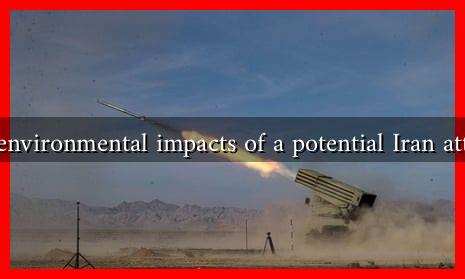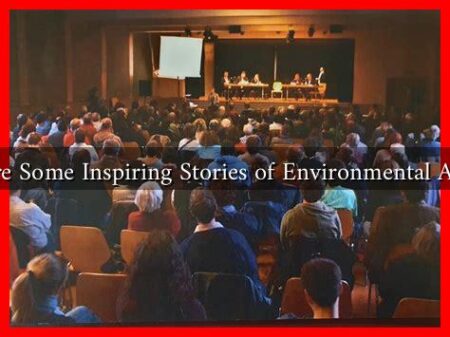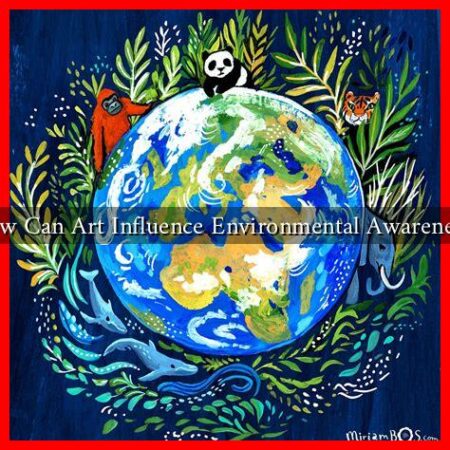-
Table of Contents
What are the Environmental Impacts of a Potential Iran Attack on Israel?
The geopolitical tensions between Iran and Israel have been a focal point of international relations for decades. As the possibility of military conflict looms, it is crucial to consider not only the immediate human and political consequences but also the long-term environmental impacts that such an attack could entail. This article explores the potential environmental ramifications of a military confrontation between Iran and Israel, highlighting the interconnectedness of warfare and ecological health.
Immediate Environmental Consequences
Military conflicts often lead to immediate and severe environmental degradation. In the case of an attack on Israel by Iran, several immediate impacts can be anticipated:
- Destruction of Infrastructure: Military strikes could target critical infrastructure, including power plants, water treatment facilities, and transportation networks. The destruction of these facilities can lead to widespread pollution and disruption of essential services.
- Air Pollution: The use of explosives and military ordnance releases harmful pollutants into the atmosphere.
. This can exacerbate air quality issues, leading to respiratory problems for the civilian population.
- Soil Contamination: Explosions can lead to the release of hazardous materials, contaminating soil and water sources. This contamination can have long-term effects on agriculture and local ecosystems.
Long-term Environmental Impacts
The long-term environmental consequences of a military conflict can be profound and far-reaching. Some potential impacts include:
- Loss of Biodiversity: Military operations can lead to habitat destruction, threatening local flora and fauna. The region is home to various species, some of which may be endangered.
- Water Scarcity: Water resources in the Middle East are already under significant stress. An attack could further compromise water quality and availability, exacerbating existing tensions over water rights.
- Climate Change Implications: Military activities contribute to greenhouse gas emissions. The destruction of natural carbon sinks, such as forests, can further accelerate climate change, impacting global weather patterns.
Case Studies: Historical Context
To understand the potential environmental impacts of a conflict between Iran and Israel, it is helpful to examine historical precedents. For instance, the Gulf War in the early 1990s resulted in significant environmental damage:
- The burning of oil wells in Kuwait released millions of tons of carbon dioxide and soot into the atmosphere, contributing to global warming.
- Oil spills and the destruction of ecosystems in the Persian Gulf had lasting effects on marine life and coastal communities.
These examples illustrate how military conflicts can lead to environmental crises that persist long after the fighting has ceased.
Regional and Global Implications
The environmental impacts of a potential Iran-Israel conflict would not be confined to the immediate area. The repercussions could extend regionally and globally:
- Regional Instability: Environmental degradation can lead to resource scarcity, which may exacerbate tensions between neighboring countries, potentially leading to further conflicts.
- Global Climate Effects: The release of pollutants and greenhouse gases can contribute to global climate change, affecting weather patterns and ecosystems worldwide.
Conclusion: The Need for Diplomacy and Environmental Consideration
The potential environmental impacts of a military conflict between Iran and Israel are significant and multifaceted. From immediate destruction and pollution to long-term ecological consequences, the ramifications extend beyond the battlefield. As the international community grapples with these tensions, it is essential to prioritize diplomatic solutions that consider not only human safety but also environmental sustainability. The health of our planet is intricately linked to geopolitical stability, and addressing these issues holistically is crucial for a sustainable future.
For further reading on the environmental impacts of warfare, you can explore resources from organizations like UNEP and their initiatives on environmental peacebuilding.





